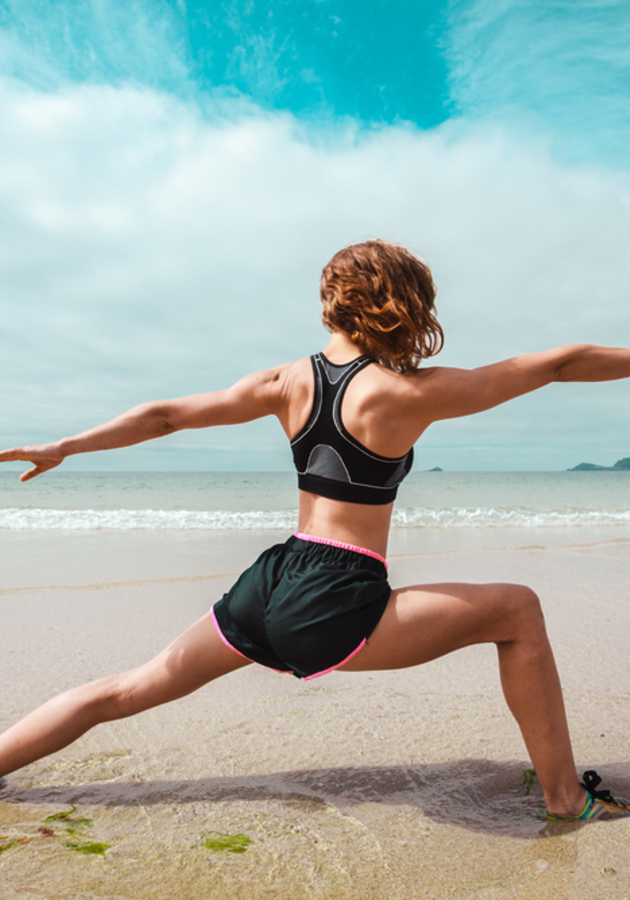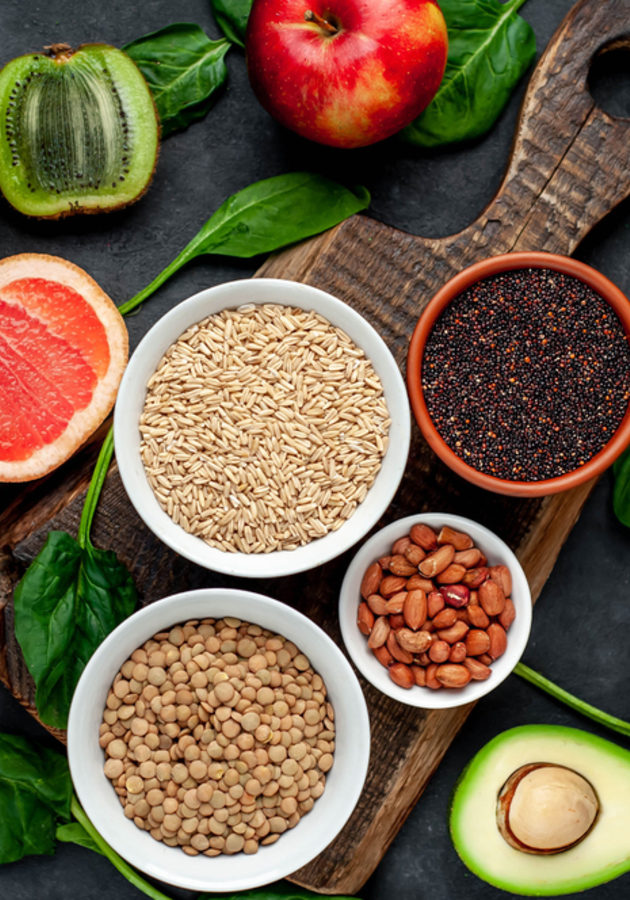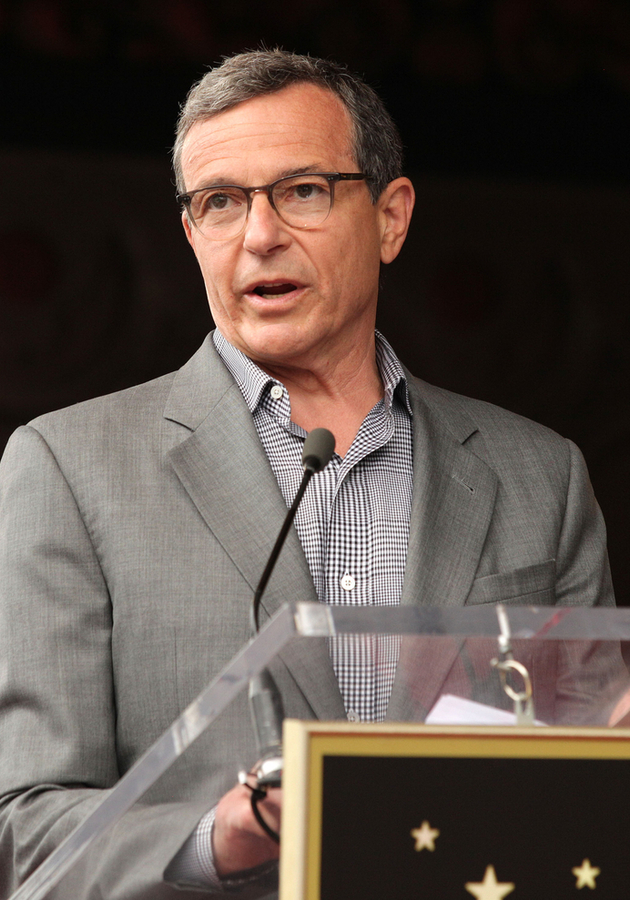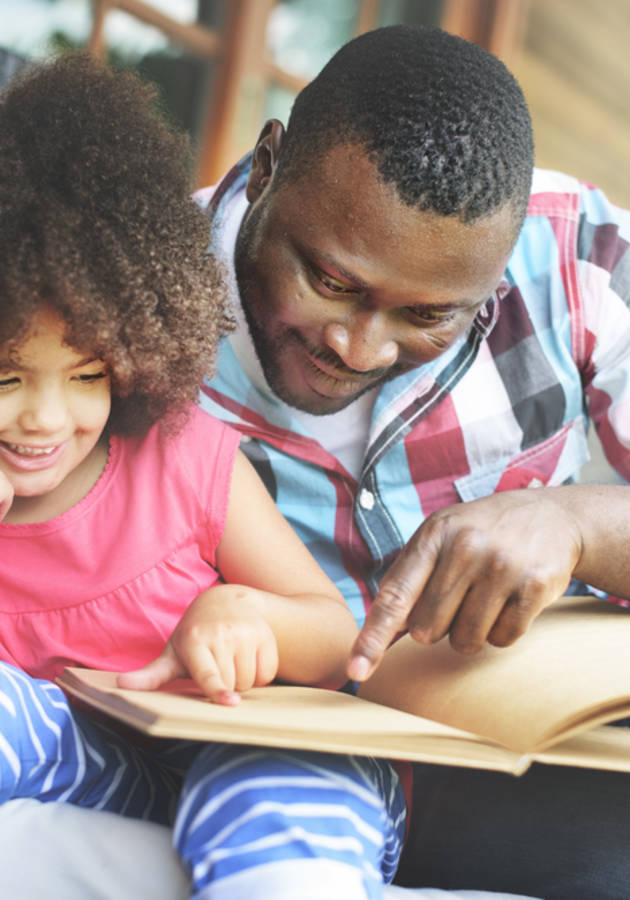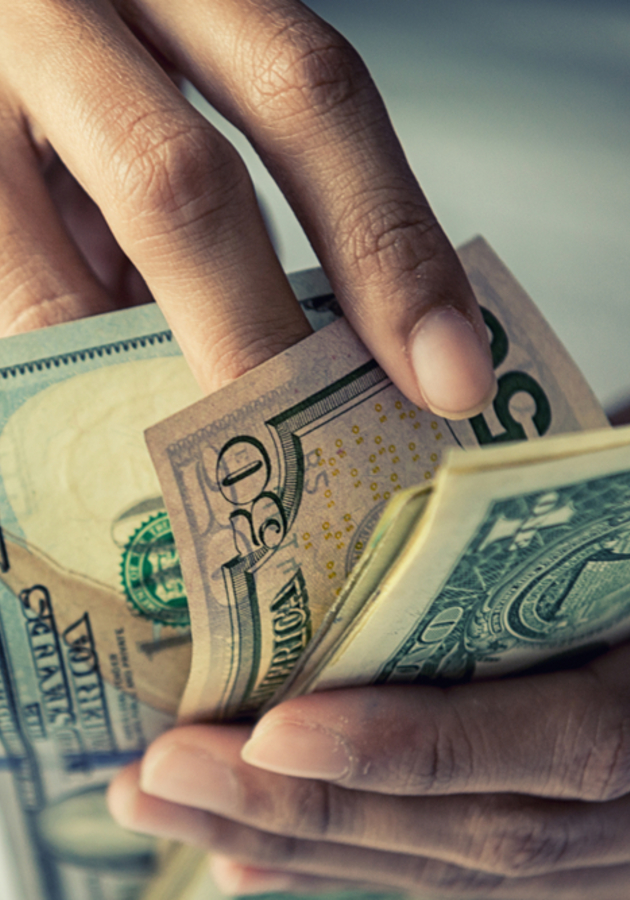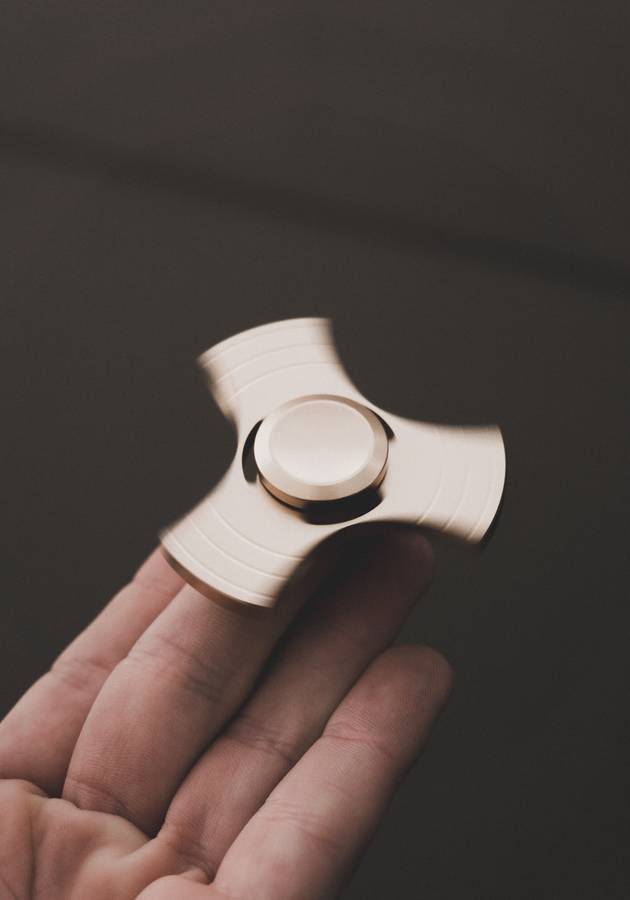‘’We began our journey through history as unicellular blobs floating about in warm, shallow seas. Everything since then has been a long and interesting accident, but a pretty glorious one, too,’’ writes Bill Bryson at the beginning of his book ‘’The Body.’’ Bryson is fascinated with the human body, and he writes about it from that perspective, trying to explain how it functions. Full of extraordinary facts about the processes happening within us, this book will make you appreciate and admire your existence even more. So, get ready to get to know your body better!
How much would it cost to make a human?
We all learn in biology classes what components our bodies consist of. Altogether, 59 elements make up a human body, and only six of them - carbon, oxygen, hydrogen, nitrogen, calcium, and phosphorus - make up 99.1% of it. Knowing this, is it possible to calculate how much would it cost to assemble all of these components and build a human?
In 2013, chemists at the Cambridge Science Festival calculated what would be the price of an artificial replica of the actor Benedict Cumberbatch. The actor was the guest director of the festival that year and was, conveniently, a typically sized human.
The biggest component in any human is oxygen, which mostly binds with hydrogen. The two of these elements are the lightest in nature and also the cheapest: combined, it would cost only $40 for the amount needed to make Cumberbatch.
Next, you would have to spend $69,550 on carbon, according to the chemists from the Royal Society of Chemistry. Another large amount of money, $73,800, to be exact, would be required to buy the necessary calcium, phosphorus, and potassium. Most other elements cost more than these, but you would need them in smaller amounts. In the end, when you sum everything up, building a new Cumberbatch would cost $151,578.46. Labor and sales taxes would double this price, so the total would be around $300,000, a price that is actually quite affordable for many. Of course, even if you had this money and gathered the best scientists in the world, they would never be able to create a human body in this way.
Fascinatingly, our bodies run only on water and a few organic compounds. Yet, these compounds enable our bodies to work for 24 hours a day as we move, reproduce, love, hate, feel happiness, and experience sadness. Most of us take our bodies for granted without knowing what tasks they perform daily. Did you know that you blink 14,000 times a day? Or that your body makes a million red blood cells that keep you alive in one second? We should all take a moment and appreciate the glory of our existence.
Conception and birth: how the new life begins
The only cells that ever leave the human body and explore other worlds are sperm cells. Once they enter the egg cell, the creation of new life begins. Many things regarding conception and birth are unclear. For example, scientists have not yet discovered whether the sperm, once expelled, moves randomly until it strikes, or whether the egg releases a chemical to draw it in. However easy it seems, the chances of successful fertilization from a single act of sex are quite small - only about 3%. In the past several decades, the odds for success have decreased, and more and more couples are seeking help in conceiving. Numerous studies have concluded that sperm counts in Western nations fell by more than 50% between 1973 and 2011. It is a mystery why this happened. Experts speculate about different causes - changes in diet, lifestyles, or the environment. Some even claim wearing tight pants is the reason. No one knows for sure.
‘’One intriguing paradox of reproduction is that women are having babies later but preparing for it earlier,’’ writes Bryson. The reproductive life of women begins quite early - a 20-week old female fetus already has six million eggs inside her. As a woman ages, the number of eggs decreases.
The moment of birth itself is miraculous, and it is still unknown what triggers it. What is known is that after about 280 days of gestation, the body starts to produce hormones called prostaglandins, which normally have a role in healing tissue injuries. They activate the contractions of the uterus to move the baby into position for birth. After about 12 hours, the baby is born.
There are many extraordinary features of early life and the bond that exists between a mother and her baby. One of them is the fact that the mother's immune system analyzes the baby's saliva and automatically adjusts the amount and the number of necessary antibodies in her breast milk. Isn’t this marvelous?
Our bodies are amazing pieces of meat
‘’The most powerful impression you get in a dissecting room is that the human body is not a wondrous piece of precision engineering. It’s meat,’’ concludes Bryson after visiting the dissecting room at the University of Nottingham Medical School in England. So far, the deeper analysis of the human body has taught us that it is relatively cheap (remember the price of Cumberbatch) and that it looks like the meat of animals we cook and eat. ‘’The flesh of a human arm, once the outer skin is removed, looks surprisingly like chicken or turkey,’’ says the writer. The living body fascinates far more than the corpse. Once surgeons expose the inside of the body, you can see how the organs glisten and throb to keep us alive. Even if you don’t have the opportunity to participate in surgeries, you can marvel at the movement of external body parts. Consider, for example, all that the hand and wrist can do - wave good-bye, turn a key into a lock, change a lightbulb, take a lid off a jam jar.
Many people try to commit suicide by cutting their wrists. Luckily, wrists are wrapped in a protective band, a fascial sheath, which makes it hard to get to the arteries. On the other hand, It is also likely you will survive a fall from a considerable height, as legs, in the moment of impact, become a kind of crumple zone. Our bodies do a great job of keeping us alive and protecting us from death.
Muscles build the mass of the human body. There are 600 of them, and we usually become aware of their existence when they ache. The truth is, they are constantly at our service in many unappreciated ways: they enable blinking, moving food through the digestive tract, and puckering lips. When we do not use them, muscles lose their tone. Studies have shown that NASA astronauts lose up to 20% of muscle mass on missions that are only five to 11 days long.
The roles of the human skeleton
We do not associate the movement and dynamics of our bodies only with muscles. Think of your knees. They must lock into position when you stand, but then immediately unlock and bend up to 140 degrees to allow for sitting and kneeling. What enables our body parts to be both rigid and pliant is the skeleton.
The skeleton consists of 206 bones. This number varies since some people might have 13 pairs of ribs, while people with Down’s syndrome frequently have a pair missing. Our bones have numerous functions: they keep us from collapsing, provide support, protect our insides, produce blood cells, store chemicals, and transmit sound (the ear bones). Geneticists have recently discovered that our bones manufacture the hormone called osteocalcin. It helps manage glucose levels, boosts male fertility, influences our mood, and keeps our memory in working order. The most fundamental element of a bone is its protein collagen, which provides strength and structure.
Bones are amazingly dynamic. Similar to muscles, bones grow bigger as we exercise. For example, the bone in Rafael Nadal’s serving arm could be 30% thicker than the one in his other arm. Also, they are the only type of tissue in the body that does not scar. If you break your leg, the bone will grow back, filling a void. After it heals, you cannot tell where the break was.
Human skeletons were initially designed to support our weight on four legs. Imagine what changes happened in our anatomy when we began walking upright: first of all, the distribution of the weight load, and with it, increased pressure on the spine. Therefore, people often feel back pain, especially when they get older. Another problematic area for many is the hips. They often wear out because they have two incompatible roles - they provide mobility to our lower limbs and support the weight of the upper body as well. About 40% of people over 75 who break their hips are no longer able to function by themselves. For many, it is a death sentence - 10% of people with injured hips die within 30 days.
The outer body parts: hair and skin
With a total size of two square meters, our skin is the largest organ of our body. It protects us, gives us a sense of touch, warmth, and pain. The skin consists of an inner and outer layer. The outer layer is entirely made up of dead cells, which are replaced every month. Bryson explains: ‘’We shed skin copiously, almost carelessly: some twenty-five thousand flakes a minute, over a million pieces every hour. Run a finger along a dusty shelf, and you are in large part clearing a path through fragments of your former self.’’
The inner skin layer stores a variety of receptors that enable us to feel the touch, heat, and cold. It is interesting how our brain does not tell us how the touch feels, but how it ought to feel. ‘‘That’s why the caress of a lover feels wonderful, but the same touch by a stranger would feel creepy or horrible.’’
Most of our skin is covered in hair, while hairless skin does not cover a wide surface of our bodies. Lips, nipples, genitalia, and the bottoms of our hands and feet are the only body parts with no hair. Hair is a unique feature of mammals. However, compared to other mammals, the human body has become relatively hairless over time. A thought-provoking question is: why have our bodies retained hair on only some parts? One theory says that secondary hair - pubic and underarm hair, for example - exists as a sign of sexual maturity.
One of many skin-related mysteries is itching. Itching as a result of mosquito bites or rashes is easily explained. Nonetheless, many other cases are beyond explanation. For example, there was a woman in Massachusetts who had an irresistible itch on her forehead. Doctors could not discover a cause for the itching, and medication did not help. Eventually, the itch became so irritating that she scratched through the skull bone and into her brain while she was asleep. After numerous treatments, the doctors managed to find a medication that controlled the itching, but never the root cause of it.
Final Notes
‘’One of the strengths of Bryson’s delightful new book, ‘The Body,’ is that it reveals the thousands of rarely acknowledged tasks our body takes care of as we go about our day,’’ writes A.J. Jacobs in The New York Times Book Review. It is a great paradox that we know so much about things around us, yet so little about our own bodies. After reading Bryson’s guide, we will certainly be more informed and, hopefully, more thankful for the immense work our bodies do to keep us alive.
12min Tip
Our bodies need more of our assistance to function properly. To help your body, eat less unhealthy food, sleep well, and move more.
